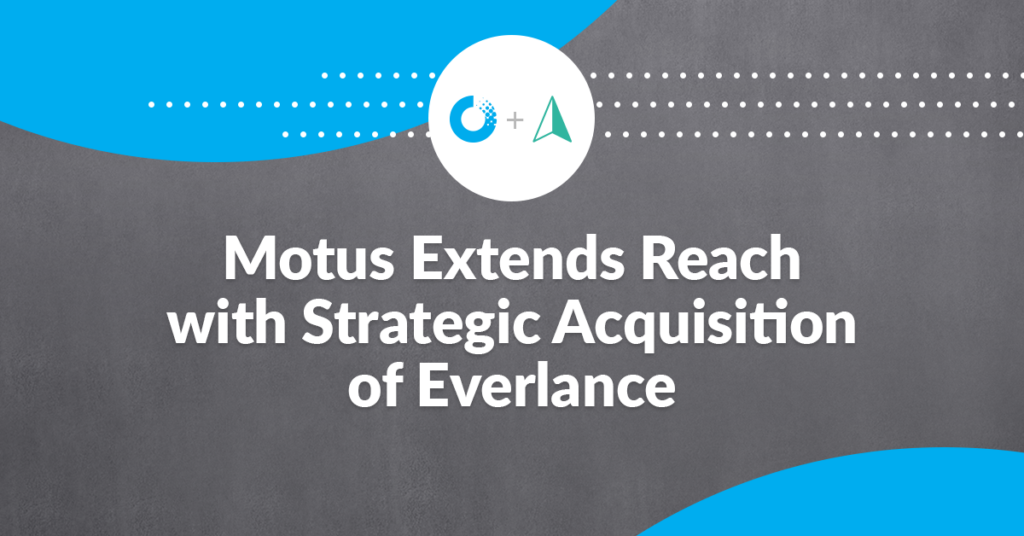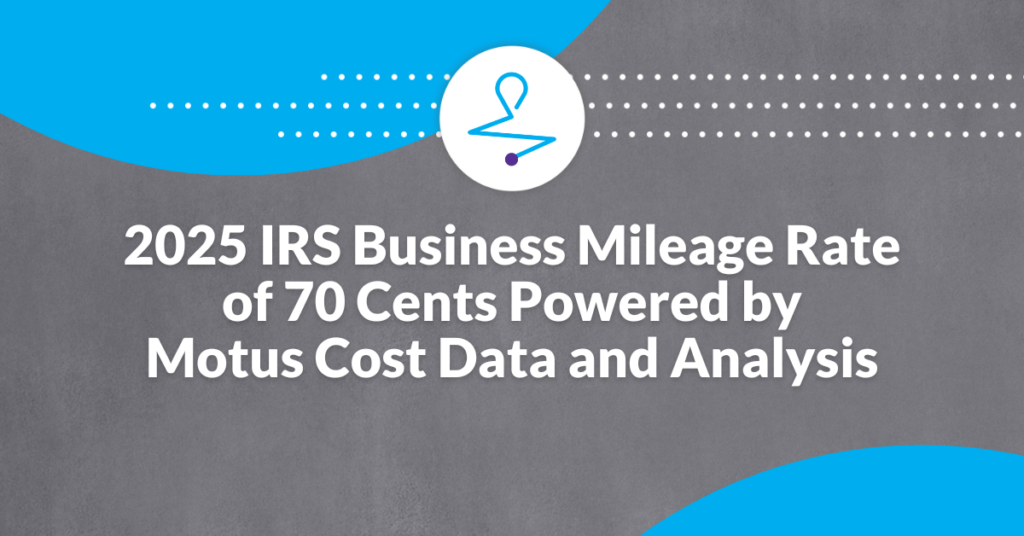Sustainability is growing in a big way. The influence of the sustainability movement has grown beyond the consumer level to the highest levels of government. New federal rules state that all new vehicles sold in the U.S. must average 40 miles per gallon of gasoline by 2026. Similarly, in June of last year, Canada announced a ban on gas powered vehicles by 2035. Several states have made commitments to be gas-powered-vehicle free, including California and Massachusetts. One version of this is the Clean Air Vehicle Program of California. In response to the upswell of consumers concerned about their impact on the climate, companies are also moving on sustainability. So what is the Clean Air Vehicle Program? And what can companies learn from this program?
What is the Clean Air Vehicle Program?
The Clean Air Vehicle (CAV) Program, also known as the Clean Vehicle Rebate Program (CVRP), is an initiative in California. Drivers of vehicles that meet DMV emissions standards qualify for rebates. Depending on their region, household income, and other criteria, drivers can receive additional rebates. The type of vehicle they own also impacts the rebate they receive. For example, a fuel cell electric vehicle will receive a higher standard rebate than a plug-in hybrid.
How does a vehicle qualify as a “clean air” vehicle?
In California, the vehicles eligible for the clean air vehicle program include hydrogen fuel cell vehicles, battery electric vehicles, plug-in hybrid electric vehicles and select electric motorcycles. There is also a requirement that the vehicles be new, registered as new in California and have less than 7,500 miles on them when purchased.
How can companies implement their own Clean Air Vehicle Program?
California’s criteria for clean air vehicles sets a high bar. But this is an offering that’s available to an entire state, and one of the most populated in the country. Understandably, a state offering an incentive must balance their rebate amount with their barrier to entry. Your company has a bit more flexibility.
Electric Vehicle Fleet
Your company can purchase a fleet of electric vehicles. This is a great idea to tackling the sustainability problem most vehicle programs face. Unfortunately, there are two large issues here. One is cost.
Electric vehicles, while becoming more and more mainstream each year, are still on the periphery. The necessary infrastructure to support these vehicles is still in its infancy and while there are electric options from multiple manufacturers, they’re all well above the cost of typical entry level vehicles. Multiply the cost of one vehicle across the fleet, and you have a hefty investment on your hands. The second issue almost makes the first irrelevant.
Since the pandemic, microchips have been difficult to source. This ongoing issue continues to affect vehicle production. Companies hoping to act on sustainability may not have the option of doing so, no matter how much money they can invest in it.
Incentivize Personal-Vehicle Purchases
To follow the path California’s Clean Air Vehicle Program has laid out, instead of buying a fleet, companies can incentivize their driving employees. While paying for the whole vehicle may not be practical, employers can provide cash incentives. To ensure the sustainability focus, companies can create a list of vehicles eligible for such a rebate. The bar for eligibility may not need to be as high as California’s, but it’s a start.
How will you know how effective the program is? After a few months, if only a handful of employees have entered the program, consider widening the eligibility or offering a larger incentive. Just remember, sustainability is the goal. Driving employees should be incentivized for reducing their emissions. As a bonus, the less your employees spend on business miles, the less companies have to reimburse.
First Steps in Approaching Sustainability
Sustainability is a great goal. And too many companies, that may be what it remains: a goal, unachieved, with no clear steps to reach it. But it shouldn’t be that way, especially when clear steps are available. With Motus, your company can measure its current vehicle emissions footprint, identify steps to reduce them, and analyze your results. Looking to set some attainable sustainability goals?



